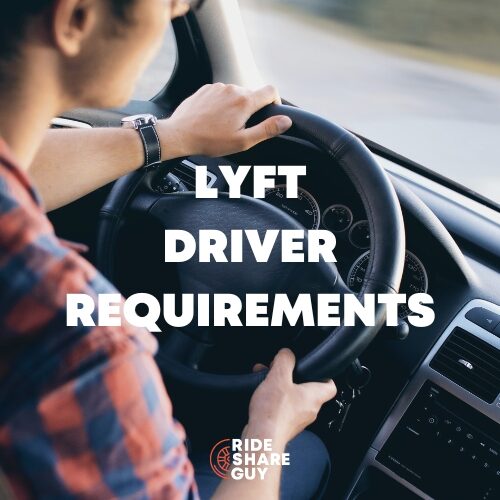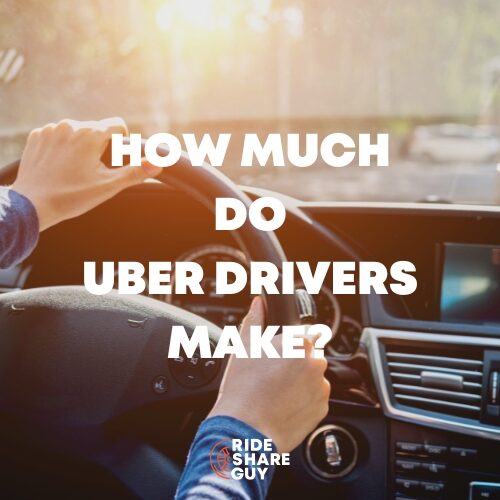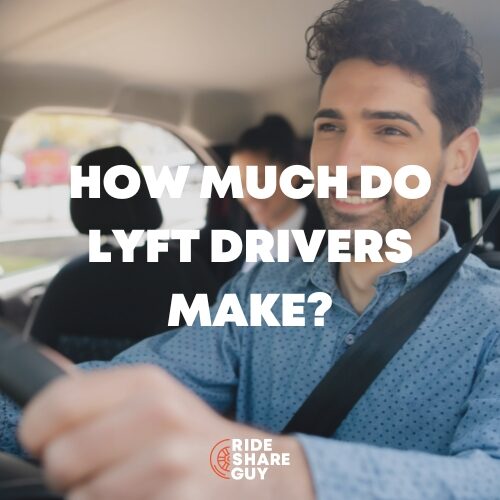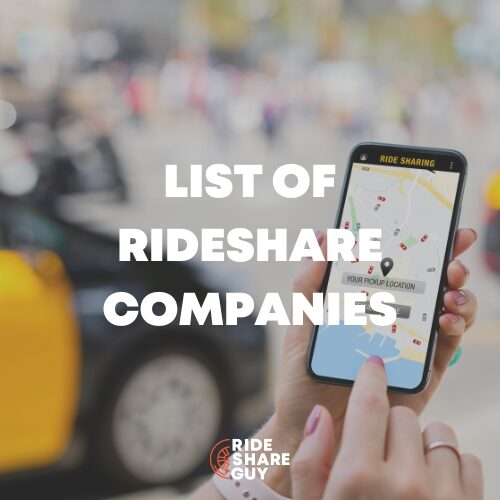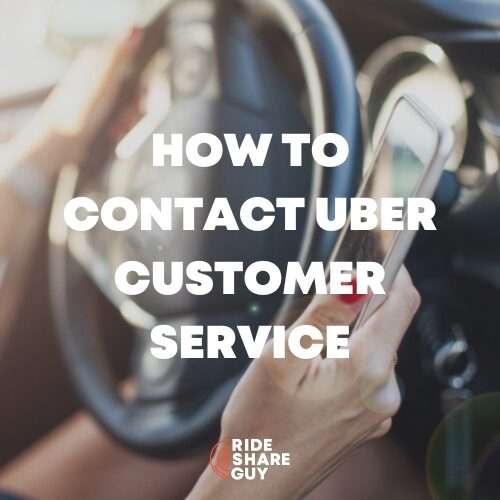We’ve been hearing the same question over and over lately. Is there a driver and courier shortage? The short answer is: yes, there is a BIG shortage of Uber and Lyft drivers right now.
Passenger demand has returned in almost full force as businesses, bars and restaurants are opening up to near full-capacity levels. The supply of drivers has not returned to normal, and we believe there are several contributing factors.
Why Aren’t Drivers Hitting the Road?
There are 3 reasons why there aren’t enough drivers right now:
1. Unemployment and Paycheck Protection Program loans – Many drivers who applied for these types of assistance programs have some money coming in, helping them to pay bills and not need to immediately work at all or work in a full-time capacity. While they could make money driving rideshare or delivery, many drivers have weighed expenses vs earnings and are not finding it worth it.
2. COVID concerns — Drivers still have issues sitting in confined spaces with passengers, enforcing mask mandates, etc.
3. More competition for drivers — Other gig services like DoorDash and Instacart have exploded over the past year so there’s more competition than ever for workers.
Gas prices aren’t helping either since they’re spiking right now, but I don’t think it’s a big reason why drivers aren’t hitting the road. Earning potential is actually at an all-time high right now.
For example, Los Angeles Uber and Lyft drivers are easily making $30-40 per hour and the savvy ones are probably closer to $50-60 per hour. That translates into higher prices for passengers and less reliability.
It’s probably going to be a while before things get back to normal, and things may get worse before they get better. With summer travel spiking and still not enough drivers on the road, this problem of few drivers and high passenger demand is likely to continue.
Drivers Share Thoughts on the Driver Shortage
When we surveyed RSG respondents, they had varying and complex reasons for not driving. Some continued to drive, just not as much. Some ditched rideshare for delivery, and some ditched the gig economy entirely. Here are some of their reasons:
Lisa from Pennslyvania shared her reasons for driving less: low pay for drivers.
“I drove for Uber during the pandemic, and while I enjoyed it much more during the pandemic as traffic, noise and pollution were much abated, now that things are getting back to normal I’m liking it less and less. Uber has reduced drivers pay by constantly taking more and more of the fare. Rides are also becoming more burdensome as I am regularly being sent on a 20 minute pickup with no long pickup fee.”
Doug from Dallas, TX shared that he left rideshare driving for delivery also because of low driver pay:
“I didn’t receive any unemployment but switched to delivery driving (Uber Eats and Amazon) figuring I wouldn’t contact enough people to get exposed. When the lockdown ended, tips and orders reduced greatly. Pay was not enough. I tried Uber X again, but passengers were few and not well paying, and I was uneasy about safety.”
Now Doug is back to delivering with Uber Eats, Amazon and CornerShop groceries. He got his vaccine and put a shield in his car, so that helps him feel safe.
Belinda from Portland stated driver pay was simply not enough to keep up with her driving expenses:
“I felt the total balance sheet was definitely not in my favor. When I added up gas, wear and tear on car [it wasn’t worth it].”
Louis from Houston stated he is receiving enough in unemployment to not return to rideshare driving and now isn’t sure if he’ll ever do rideshare or even delivery ever again.
Finally, some drivers are using unemployment assistance to pursue other flexible work. Frank in Milton, AL shared he isn’t driving because he’s pursuing other job plans, including “notary service, marriage documentation and field service work.”
How is the Driver Shortage Affecting Customers?
The shortage affects customers in a variety of ways—from long wait times for travelers to get a ride to cold food after multiple-batched delivery orders.
Customers—including passengers and delivery customers—are left wondering if the gig economy is really working for them. Especially for passengers waiting for pickups at the airport, it can be a stark difference to see taxis coming and going while you’re waiting on your 4th Uber driver to hopefully not cancel on you this time.
It’s the same with delivery companies—customers might not immediately see or notice a longer wait time, but they will notice if their driver is making multiple stops, then be upset when their food arrives cold. In some cases, gig companies are charging customers more, but even that is a balance to walk because you don’t want to charge a customer $60 for a ride when it takes 30 minutes to get anyone to show up!
Gig Companies Offer Drivers Incentives to Hit the Road
Uber announced a major investment in recruiting drivers ($250 million), and Lyft has invested money of its own (for example, offering thousands to new drivers, like this Florida driver, who was paid $6,000 by Lyft).
In addition, Instacart is rolling out rotating new guaranteed earnings in various cities, which will rotate weekly depending on where Instacart needs drivers the most. These kinds of targeted promotions are smart: it’s clear companies like Instacart are paying close attention to supply and demand in order to keep a balance between what customers are paying and driver supply.
This will work to recruit new drivers to the platforms, but one concern many long-time drivers and couriers have is additional pay for themselves. In these cases, Uber in particular has offered long-time drivers incentives to hit the road (I even took the $100 for 3 rides incentive!), but so far it’s looking like this isn’t enough yet. And they don’t appear to have incentives for those who have stuck it out and continued driving throughout the pandemic.
New Rate Card for LAX Drivers
Uber and Lyft have boasted about the “stimulus” they are using to entice drivers to get back on the road. Not all drivers are buying it, however. These stimulus bonuses being offered are known to be a limited-time offer and don’t offset the lowered rate cards.
Drivers in the Los Angeles area received a recent rate card change for LAX pickups. It went from 65 cents per mile to 32 cents per mile, and drivers are no longer able to set their own multiplier in California, according to an article recently posted by The Guardian.
On Reddit, drivers are not surprised by the rate cuts because they are a yearly occurrence. One driver commenter posted, “Why is that happening? We’re they forced to provide medical insurance? Is this statewide retaliation for such overhead skimming their market profit in Cally? Sorry to hear that they are kicking the drivers while gas prices soar. Better question: will Lyft follow suit?”
Drivers who have been on the platform for a while know that bonuses are fleeting and not a permanent solution.
The Future of Driver Supply and Demand
Uber and Lyft have an enormous problem with driver churn – half of new drivers quit within 1 year of signing up according to our Uber driver survey results. There are many reasons for this, but one reason is pay. Uber and Lyft want to offer the cheapest options, but when there’s a driver shortage, they can’t be both cheap and quick. One or the other will suffer.
On the other hand, if Uber or Lyft (or the other gig companies) chose to raise base pay (and even pass along the cost to customers), they could potentially retain more drivers in the future. If you have a choice between jobs, with the exact same structure and responsibilities, but one pays higher, it’s a no-brainer what many people will choose: the higher paying gig!
However, right now Uber, Lyft and other gig companies are struggling to prove profitability. They don’t want to raise rates to lose customers, and they can’t pay drivers more without raising rates or cutting into their tenuous profitability.
Driver Saturation Concerns
With all of the incentives, particularly offered by Uber and Lyft, there are concerns of driver saturation. Many long time drivers have been through this merry-go-round before, and they’re worried that the ‘newbies’ entering the market will saturate it as things stabilize around the country. Their fears are not unfounded!
However, I’m optimistic that as the economy and country recovers, we’ll be in such a boom time for travel and activities outside the home that there will be less of a lull like there was pre-pandemic.
So, if Uber, Lyft and the other gig companies can figure out a way to appease long-time drivers while encouraging new and old to get on the road, the shortage will start to ease. It’ll just be a matter of finding that balance and regaining equilibrium.
Drivers, have you noticed a shortage of available drivers in your city? What do you think Uber, Lyft and other gig companies should do to alleviate the driver shortage? Have you given up driving to pursue something else?
-Harry @ RSG with additional reporting from Paula Gibbins and Melissa Berry

